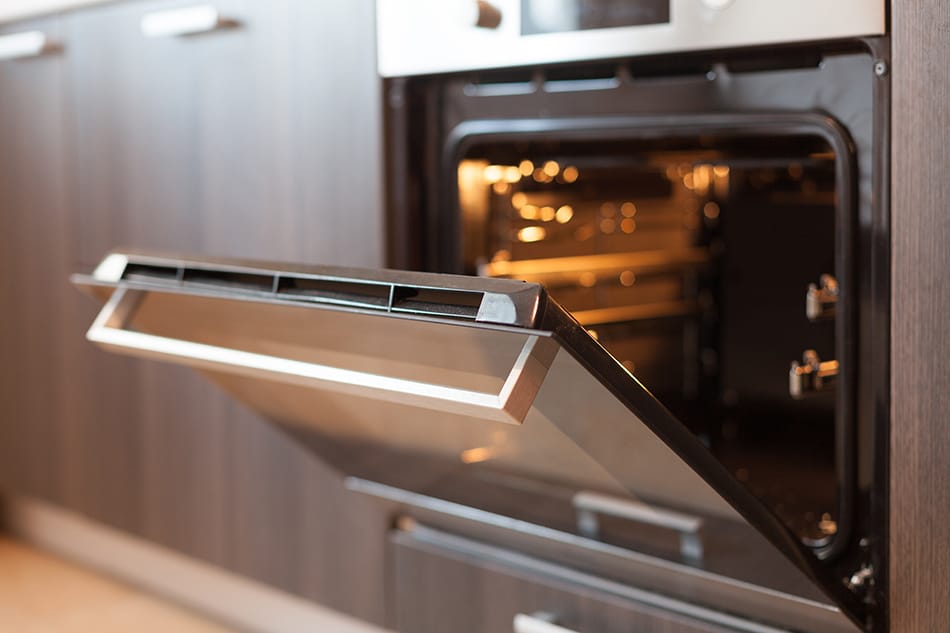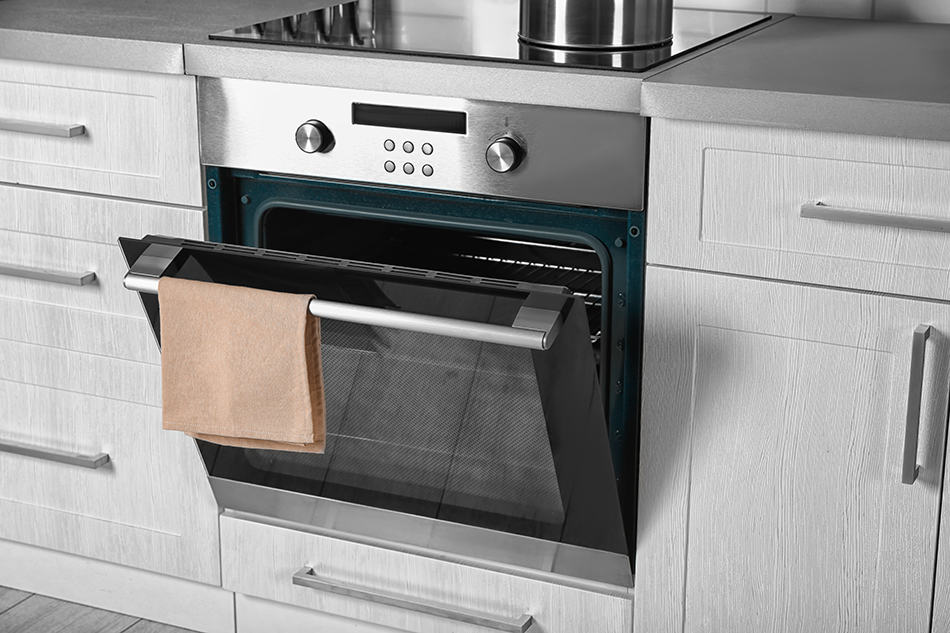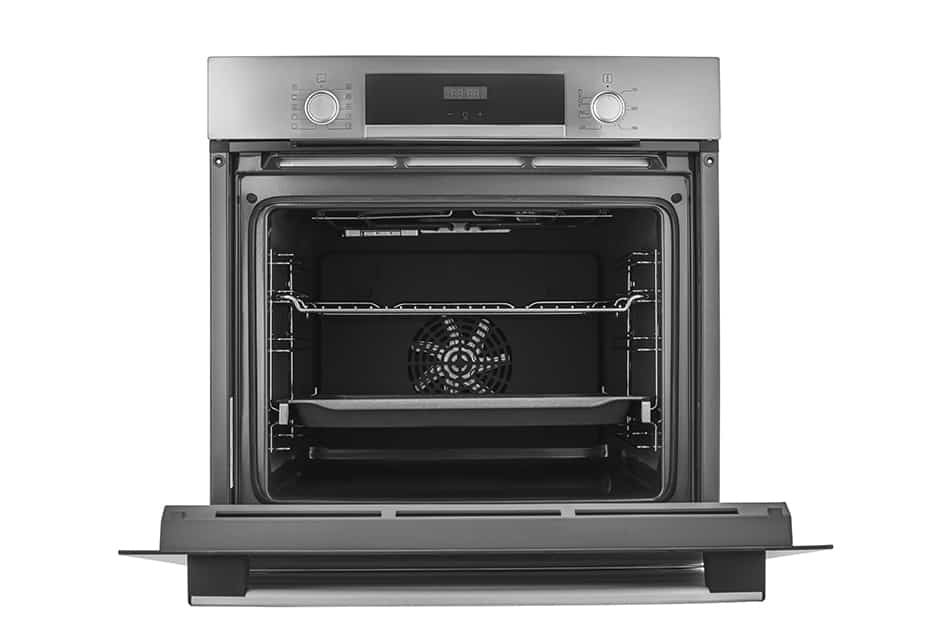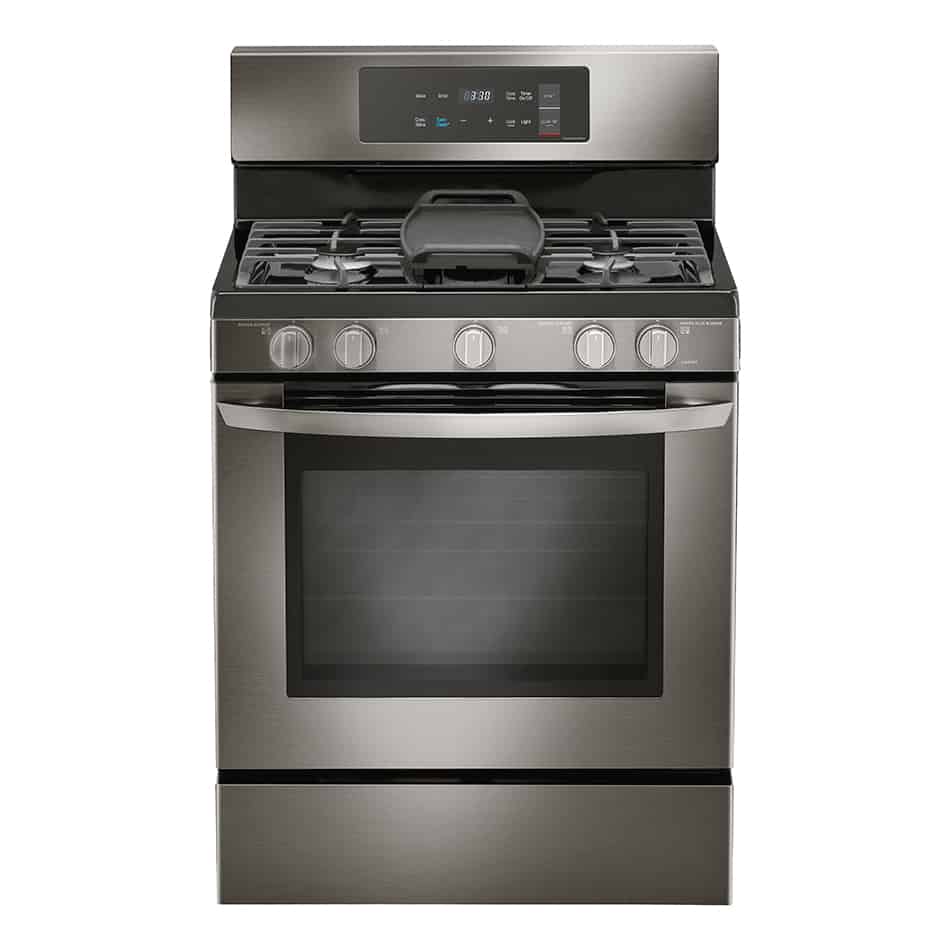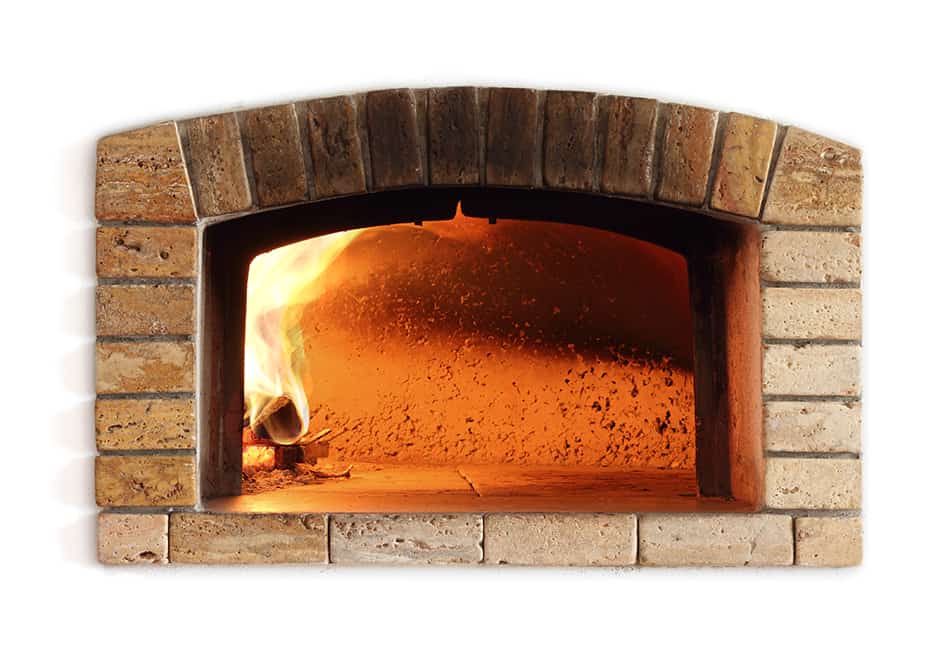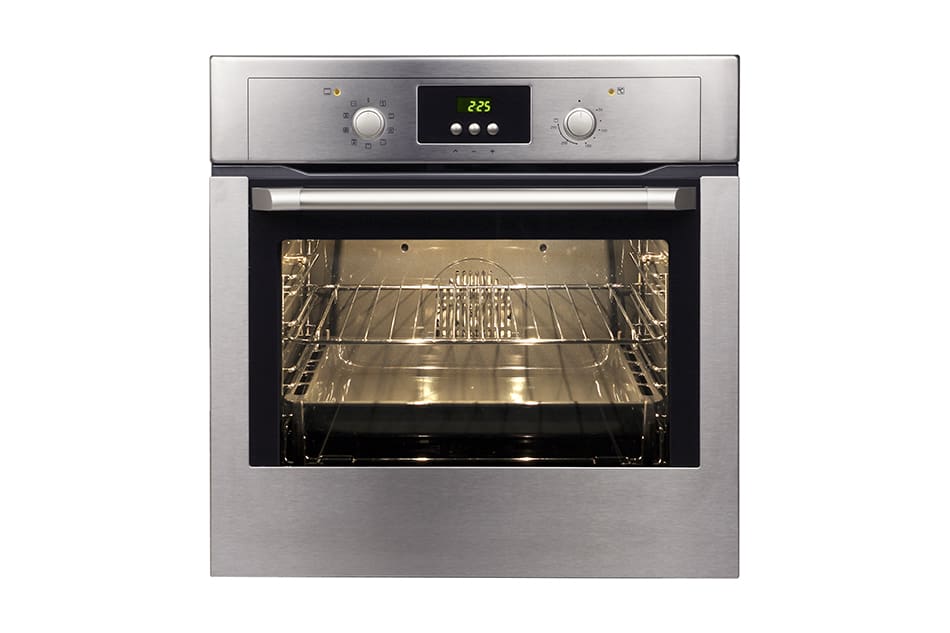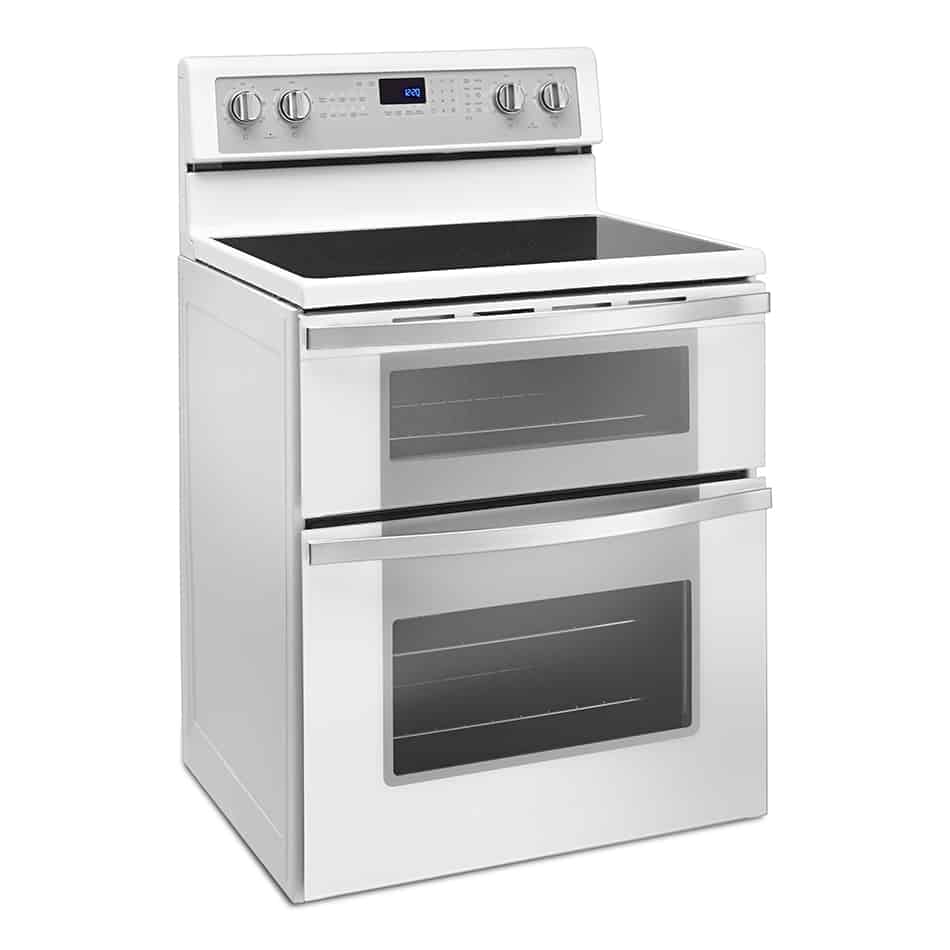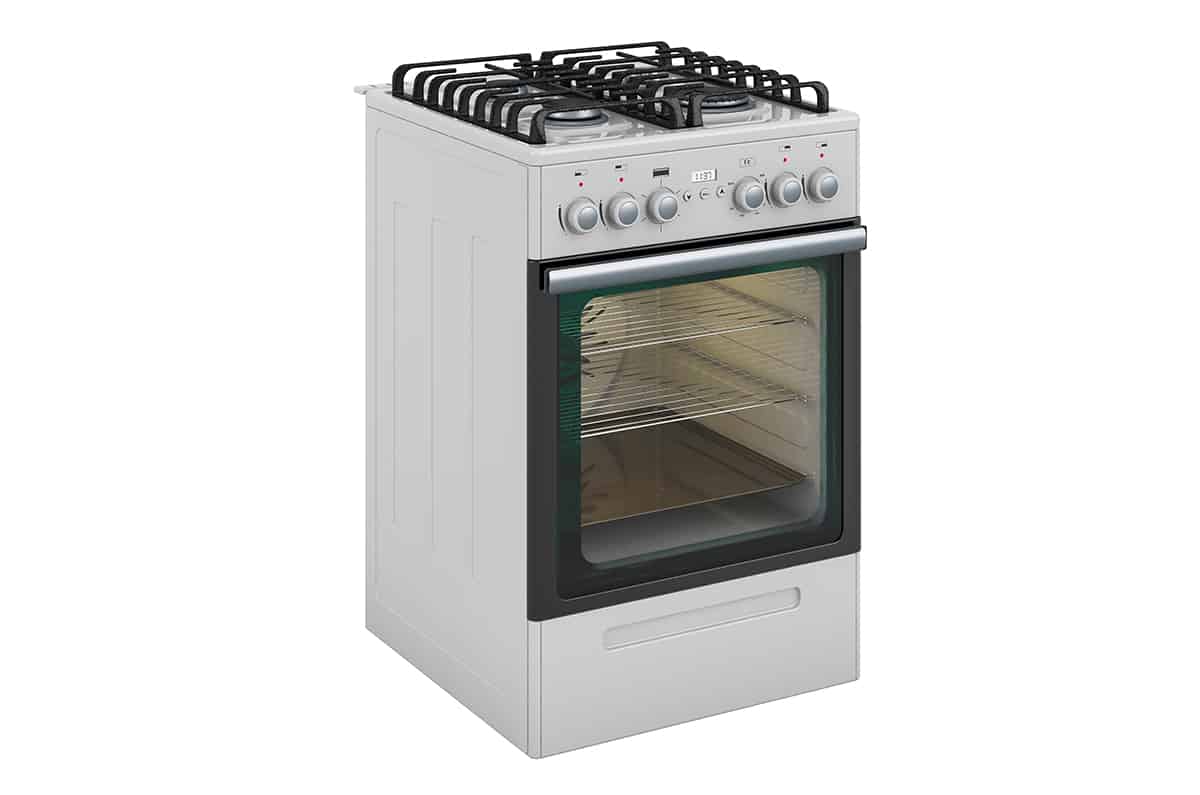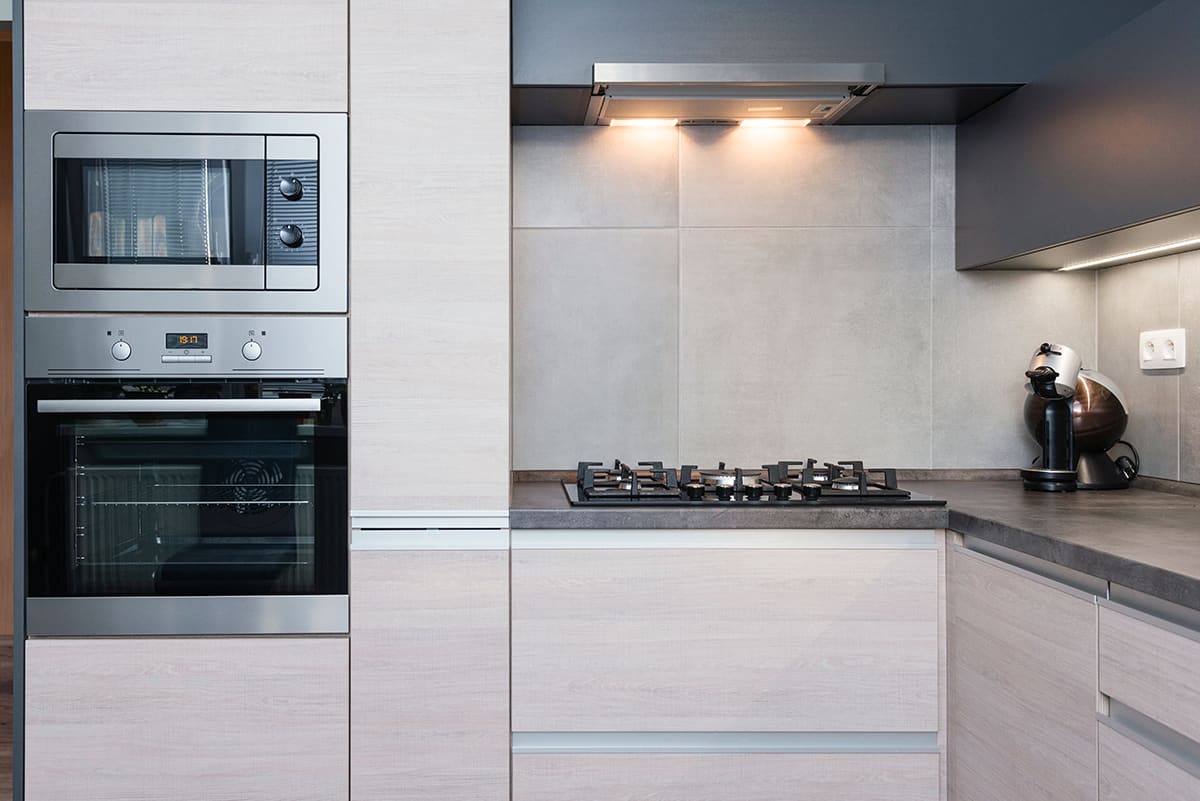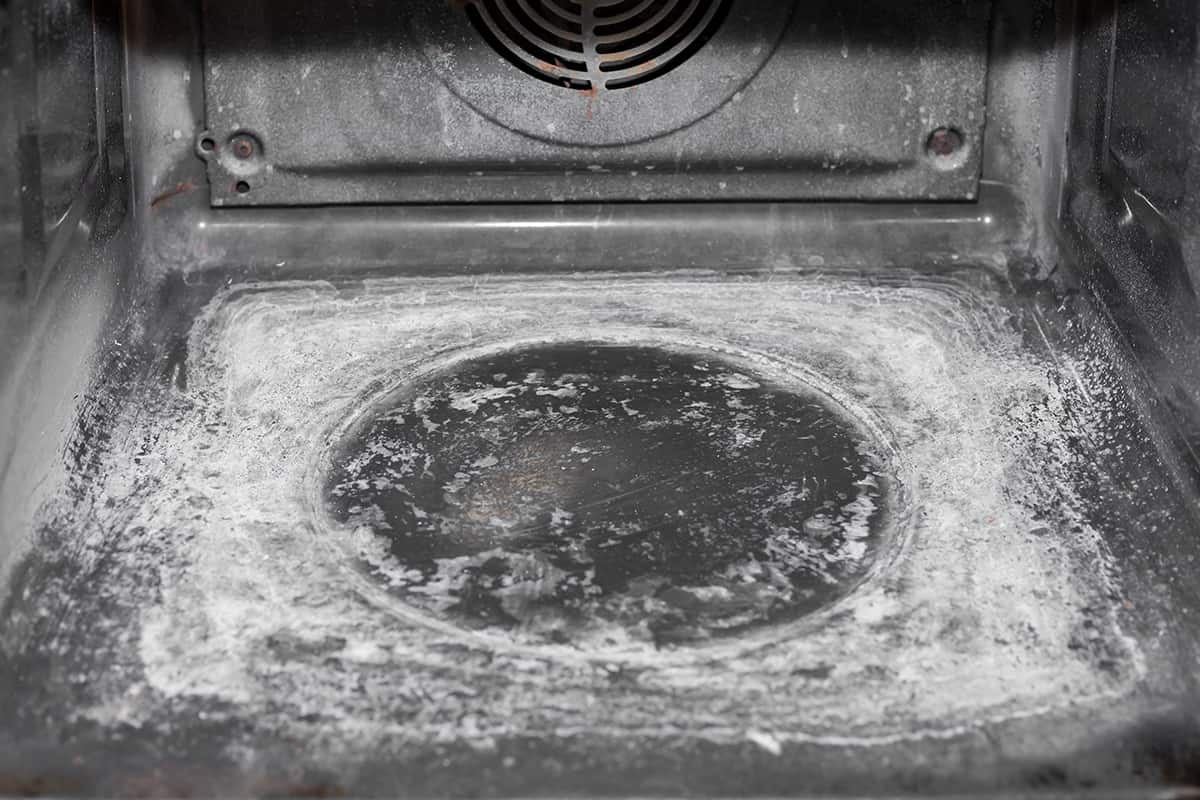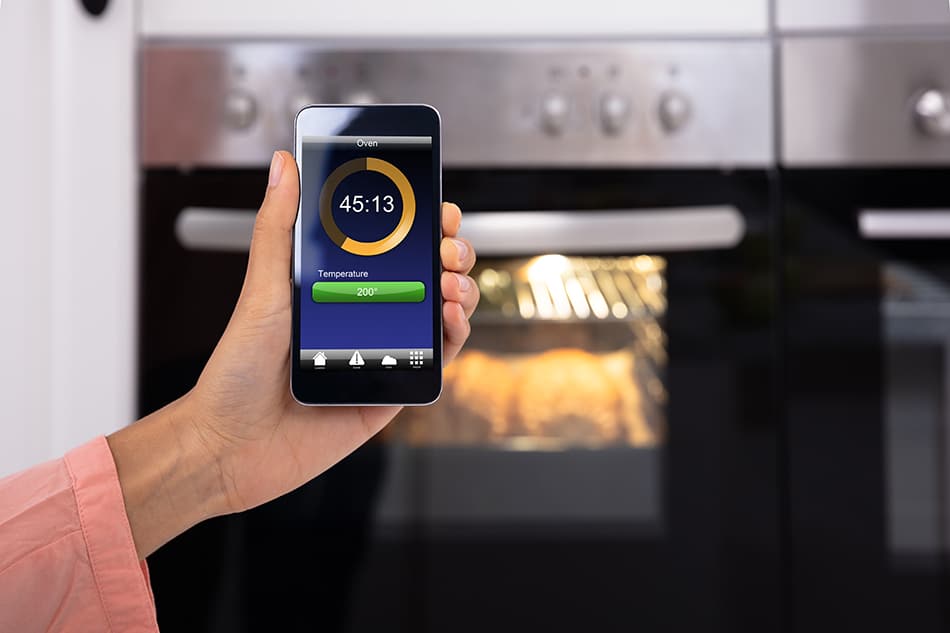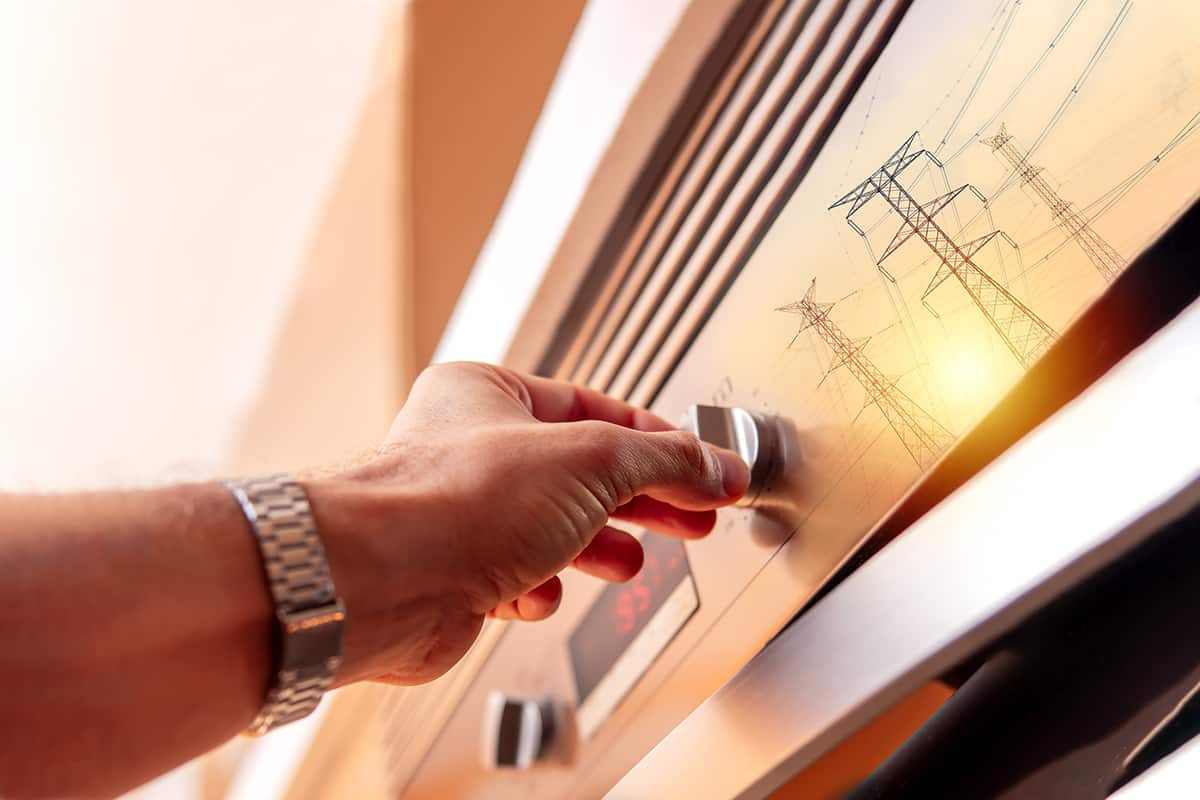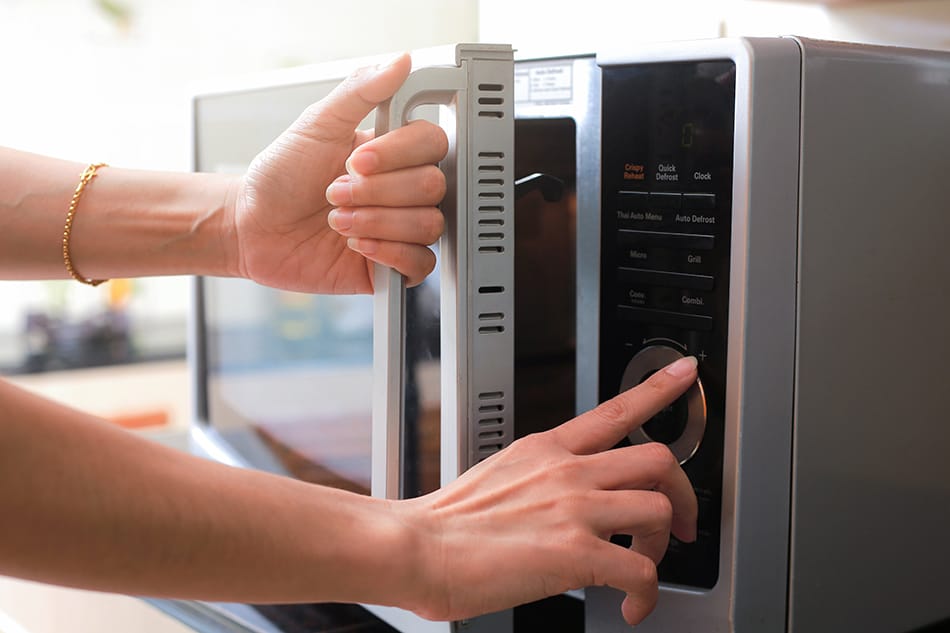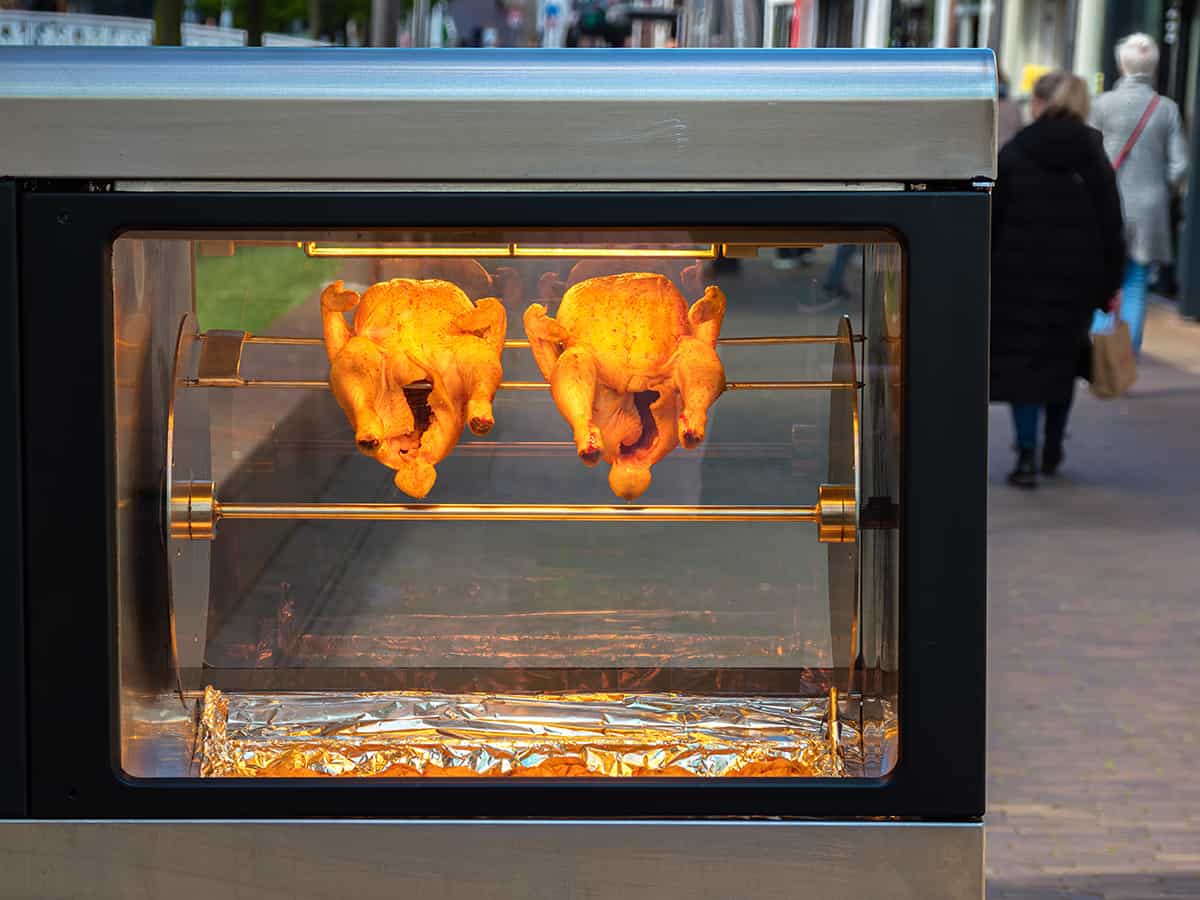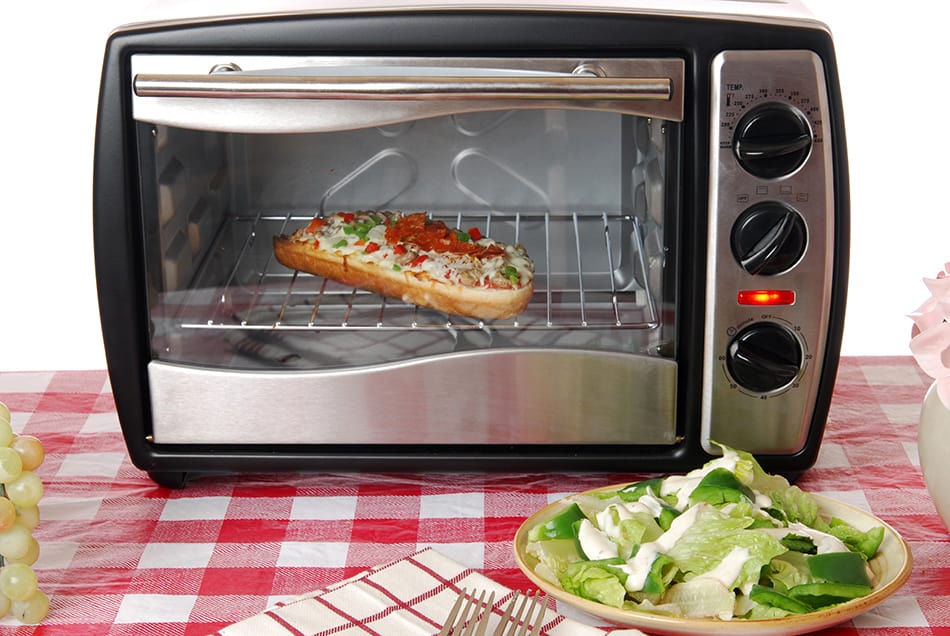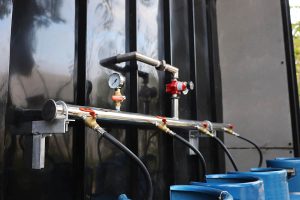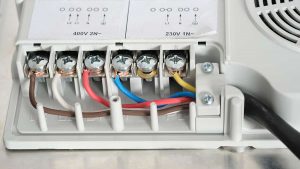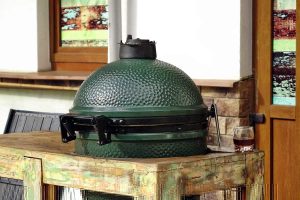No modern home is complete without an oven. They are loved for their multifunctional abilities. They are of different types and are capable of carrying out a range of functions.
Ovens have been improved, and the technology used in their design has considerably improved since the time of the making of the world’s first oven.
These days’ ovens are available for different types of cooking depending on one’s preferences. Ovens can also be classified into different categories; for example, they can be classed based on their heat sources and also the different kinds of foods they can cook, mode of installation, and size.
Many ovens come with several unique features, which means that their sizes, heat sources, and mode of installation might differ. When one is choosing an oven, they need to consider the mode of cooking of the oven, their cooking needs, and the frequency with which they would use the oven. One should ensure that whatever oven they choose does support their cooking habits, regardless of the model and cost.
Long story short, when one is buying an oven from a dealer, they need to consider the different types of the oven before making a purchase. The types of ovens include:
General Types of Ovens
Generally, ovens are classified into two types; that is conventional and convection. The difference between these ovens is the way heat is generally distributed in them.
Conventional Oven
This type of oven has a source of heat located at the bottom, for example, like a stove. This type of oven also has ovens with a built-in heat source; there are also ones with no heat, which must also be placed on top of an actual stove.
The conventional oven is usually the best and most reliable for heavy-duty cooking, that is, when cooking lots of food, but at the same time, the roasting result may not be even at times. The types of conventional ovens you may find include conventional electric ovens and conventional gas ovens.
Conventional Electric Ovens
In the first half of the twentieth century, electric ovens became a part of our lives after manufacturers began marketing them on a mass scale. These kinds of ovens work by having a heating element on the floor of the oven and a broiler at the top of the oven that produces heat. This heat bounces off the oven walls. Hot air from this heating element cooks food as it rises.
One thing to note is that this heating element often radiates uneven heat, which means that different parts of the food would be cooked at different paces. This means that you’ll need to rotate the food at intervals to avoid having an unevenly cooked meal.
Also, the food you place on the top racks would cook quite faster than the ones placed on the lower racks, so in addition to rotating the food, you should also consider moving food from top to bottom and vice versa at intervals.
This happens when one is using the heating element on the floor of the oven. To use the boiler on top of the oven, you have to move the rack as high as possible so that it’s only about 3-4″ away from the broiler.
Contemporary conventional electric ovens are designed to let you make use of both the broiler and the oven at the same time.
Conventional Gas Ovens
In the 20th century, gas ovens started to flood the markets, and they have remained popular until date. With gas ovens, the broiler is in a compartment built beneath the oven. You can cook your food about 4-5″ away from the heat source. A lot of these kinds of ovens come with both top and bottom burners, which allow you to broil in the main compartment.
These kinds of ovens are loved for their ability to heat up very quickly, but they have more fluctuations in temperature and do not heat food, as well as electric ovens, do. They also have hot spots and are humid because of moisture in the air caused by gas combustion. This means that it takes a long time for a gas oven to brown your food than an electric oven would.
Convection Ovens
This type of oven is also known as the thermal oven. The convection oven is one of the best and also one of the most reliable since it has a powerful mechanism for cooking food from all directions.
The food cooked in a convection oven is usually more even, especially with roasting or baking. This convection oven requires an in-built electrical fan to distribute heat. If the electricity fails or the fan is too small, the results of the baking will be so uneven. It is also called the fan-assisted oven or simply a fan oven.
This oven has fans that offer air circulation around the food hence providing even heating. This increased air circulation causes the convection oven to make food prep faster. When one is using a convection oven, one should be mindful of the height of the sides of the dishes. This is because the heat circulating in the dishes may end up skimming the food.
A convection oven has a fan and an additional heating element at the rear in addition to still using either electricity or gas for heating. The fan helps send air across this heating element. This air then circulates into the oven, which gives it a constant, level temperature. These kinds of ovens are also called the European convection oven.
Standard convection ovens have fans that blow around cold and hot air, while fans in true convection ovens only blow hot air from the heating element at the back. This makes true convection ovens work about twenty-five percent faster than other ovens.
Types of Ovens Based on Heat Sources
Every oven has an energy source that provides its heat. There are gas-powered ovens, electric ovens, steam ovens, and the traditional oven.
Electric Ovens
This is a type of oven that uses electricity as its source of heat. The electric oven is mostly common for households since it is very cheap and convenient with so much ease of operation.
It is perfect for roasting meat since it does provide dry heating. These electric ovens are also the most popular in the market. It also can be a little expensive to run them, but they also cook pretty great food.
Gas Ovens
This is a type of oven that uses gas as a heat source. It is one of the most popular ovens for baking. Compared to the electric oven, the gas oven does produce some moist heat that prevents food from over-drying. The price of a gas oven is also higher than that of an electric oven, but the gas oven cooks food faster and is easy to maintain.
In gas ovens, burning gas is what creates the oven heat. However, many homes do not use gas ovens due to safety measures, especially in apartments. At times getting the gas line fitted to the oven can be too expensive to handle.
These gas ovens can also be a little pricier upfront but can easily result in better savings as time goes by. Gas ovens are also claimed to be better at retaining moisture; hence they make better equipment for roasting meat.
Steam Ovens
This is a type of oven that uses steam as a source of heat while cooking. The steam oven has grown so much in popularity since people started adopting slow cooking.
This steam oven has a container of water and also a space for boiling to help create hot steam that is used for cooking food. This steam oven does reduce the risk of the food becoming dry, and one usually uses very little oil. Compared to all the other ovens, the steam oven is much more expensive. It preserves the flavor of foods and also retains nutrients.
Traditional Ovens
This is a type of oven that is usually referred to as stone or brick oven. They are mostly seen in pizza restaurants. Traditional ovens are usually very large and are fueled by heat from bricks.
They may not be the most practical ovens to have in the home, but they can be very useful when acquired for commercial use. The traditional ovens are the most perfect oven to use when making or creating crispy pizzas or for making a delicious loaf of bread.
Types of Ovens Based on Sizes
When one is choosing what oven to buy, one must understand and consider the difference between different oven sizes. There are, for instance, the single oven, the double oven, and also the triple oven.
The Single Oven
This type of oven is the most commonly used in households. This oven is standard and is usually enough for average cooking for a small family since it has small frequencies. This single oven can also come as a single and individual kitchen appliance. The single oven can also be placed under a stove.
The Double Oven
This is the type of oven that is usually available in big-family homes. It is also most often used for entertaining at home, mostly during big parties. This double oven makes it a lot easier to cook two dishes at the same time; therefore, it saves a lot of time and also saves money on utility bills. These double ovens are also available as conventional ovens or conduction ovens.
The Triple Oven
The triple oven had always been so rare, but nowadays, it’s getting easier to buy one. The Samsung Company released its first triple oven in the year 2016. This triple oven was a double oven improvised by splitting one of the spaces in the double oven.
The two spaces located at the top of the oven are to cook two flat dishes hence leaving an extra space located at the bottom of the oven for roasting such foods as whole chicken or also to bake a cake.
Types of Ovens Based on Method of Installation
This is the type of oven that is installed according to the amount of space available in the kitchen. When one has limited space in the kitchen, they must first access the oven that would fit in their space. Here are several common examples of ovens under this category; the freestanding oven, the wall-mounted ovens, the slide-in ovens, and also the drop-in ovens.
The Slide-In Type of Oven
This is the type of oven that is installed by sliding an oven into a built-in cabinet. This slide-in oven is more expensive than the freestanding oven but not as expensive as the wall-mounted oven.
The Freestanding Type of Oven
This is a type of oven that is both standard and modern. The freestanding oven has the widest range of choices in the industry and also the market. This type of oven is cheap and easy to install, and it can be fitted in any and almost all kitchen designs. The freestanding oven is a combination of a hob and an oven.
They are almost the same as wall ovens since they almost have the same appearance, but freestanding ovens do not need to be installed on a wall or a cabinet. They are very easy to install since they are very flexible. They are also convenient to use. Since they come with in-built hobs, they are ideal for kitchens with smaller spaces and also kitchens with very fewer cabinets.
Wall-Mounted Ovens
The wall-mounted oven is a type of oven that is usually installed in small kitchens. This wall-mounted oven is ideal for kitchens that are small and do not have enough floor space or have limited floor space. Furthermore, the wall-mounted oven is one of the most expensive ovens since the model is based on installation.
The Drop-In Ovens
This is a type of oven that is installed by either lifting or even lowering the oven into a specific built-in cabinet. This type of oven is usually so difficult to install compared to the slide-in model.
The results of this drop-in oven are usually so smooth and also so integrated, making the kitchen appear more luxurious and thoughtfully designed. They give one a very large degree of flexibility, mostly in the kitchen layout. One can even install them on the ground for ease of use.
Types of Ovens Based on Their Unique Features
There are modern ovens that have specific features, offering a wider range of functions. These ovens are known for their additional features apart from the cooking and roasting functions. These ovens include self-cleaning ovens, ovens with delay features, ovens with W-IFI, and also multifunction ovens.
The Delayed-Feature Oven
This is a type of oven with an automatic roasting and baking control that delays the cooking time of the food till the set time is met. This oven closes itself or turns itself off after reaching the pre-set time and set level of cooking. This delayed feature oven is best in times when one is cooking, but all their attention is not focused on the kitchen.
The Self-Cleaning Type of Oven
This is a type of oven that helps to reduce residues left in the oven after cooking since it is self-cleaning. It also prevents the building up of dirt or remains that do manual cleaning so hard.
The self-cleaning oven also has extra insulation that supports and helps the cleaning work. One thing you should make sure to do when leaving an oven to self-clean is to check that there are no leftovers or any large crumbs in the oven when using it the next time, since they may start burning and make the oven smoky.
These self-cleaning ovens are subdivided into two: the pyrolytic oven and the catalytic oven. The pyrolytic oven is the type of self-cleaning oven that heats up to very high temperatures, burning off all the food stains in the oven. The users of the oven only have to sweep off the ash that drops off to the bottom of the oven.
The catalytic oven is the type of oven that is usually lined with chemicals that absorb the food spills before they are burned down completely. Either way, these features are undeniably very expensive, and if you decide to get this type of oven, you need to handle them with a lot of care.
Ovens with Wi-Fi
This is a type of oven that is owned mostly by owners of smart and modern houses. This in-built Wi-Fi is usually connected to only cooking-related work; hence one cannot use it for other purposes.
For instance, when one is occupied with either school work or house chores, one can still bake or cook anything since one can control the oven function from another room while still working on their stuff.
Multifunction Ovens
This is a type of oven that has all kinds of cooking features which help you to achieve the best result for different kinds of food. For instance, one oven could come with different sections for different kinds of cooking. For instance, grilling, roasting, and defrosting. There is also a special oven feature for baking bread. It has a feature that proves dough until it is perfect.
Other Types of Ovens
Some other types of ovens you’ll come across in stores include:
Microwave Oven
This is a type of electric oven that usually warms, defrosts, and heats food, using only electromagnetic waves. These electromagnetic waves usually make the food particles vibrate, and the friction that occurs causes the food to heat.
These microwave ovens were long ago known mostly for reheating food; however, in today’s world, they perform other functions. Microwave ovens are extremely fast and also efficient in saving energy when performing small tasks, but for bigger, time-consuming tasks such as roasting and browning, they may be slower and use up a lot of energy.
Roaster Oven
This is a type of oven used for purposes such as roasting, steaming, and slow cooking. The roaster oven is mostly useful during holidays when the space in the main oven is limited.
Many people do keep a toaster oven for their meat only; hence they do free up the main oven for all the other sides. They are very cheaper to install, but they do not offer the same bake quality compared to their bigger counterparts.
Toaster Oven
This is a type of oven that is designed with a portable grill. The toaster oven is usually best for making toast bread; it can also be used to make pizzas and other items. Toaster oven can be an affordable and compact alternative to a convection oven. However, they can not substitute a full oven.
